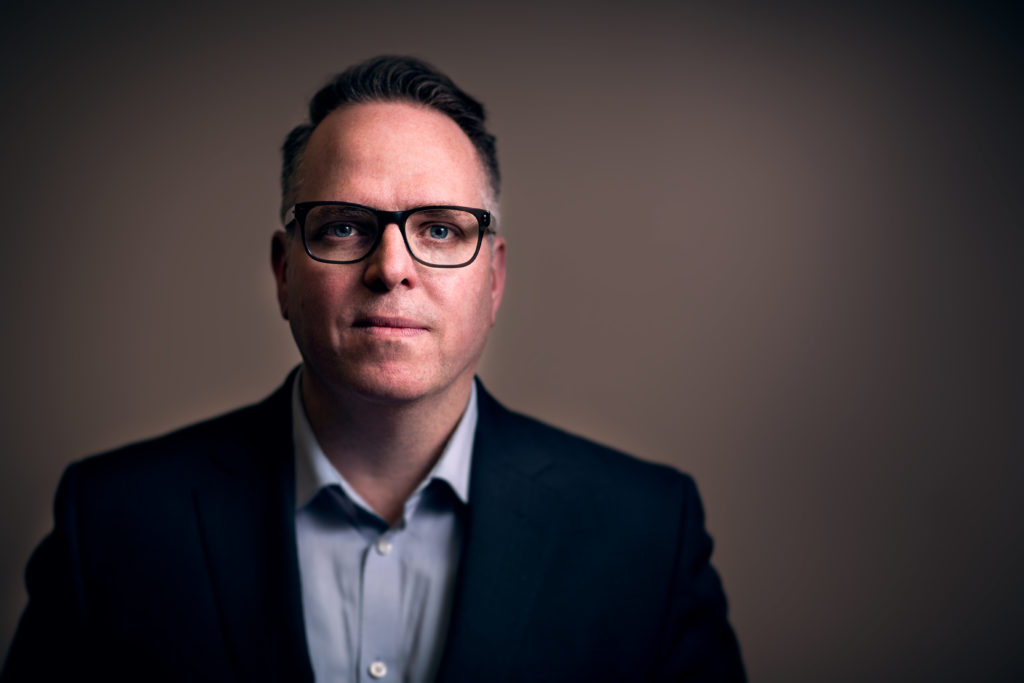
The technological revolution of healthcare
By: Dr. Michael McGillion
Nurse scientist, Population Health Research Institute
Associate professor, School of Nursing, McMaster University
Like most health care professionals, I became a nurse to make a difference. Then, I became a scientist to understand how best to make that difference.
We’re in an exciting time of emerging technologies in health care. We’re finding ways to improve the delivery of care so that patients can recover better and get back to their daily lives faster. This is unchartered territory, making it an exciting journey as a researcher.
Today, patients undergoing surgery are going home sooner, with a larger portion of recovery time at home. This, however, means that they’re not monitored as well as when in hospital, and patients can have complications, particularly in the first 30 days at home. At the Population Health Research Institute (PHRI), we’re exploring how to bridge this gap between a patient and their hospital team using remote monitoring technology. The SMArTVIEW project is a unique collaboration that’s looking specifically at improving outcomes for patients who undergo cardiac and vascular surgery, where the risk of complication is relatively high. We’re leveraging the academic and clinical expertise of groups across McMaster University and Hamilton Health Sciences to develop a solution that we hope will make a difference for cardiac patients in Hamilton, Canada, and beyond.
Solutions like SMArTVIEW have the potential to revolutionize how we provide care, in and out of hospital.
We’ve never had access to this kind of technology before. Solutions like SMArTVIEW have the potential to revolutionize how we provide care, in and out of hospital. But the technology can’t stand on its own. The support and expertise of our clinical teams is crucial to success. In SMArTVIEW, for example, registered nurses actively review the monitored health data, and check-in with patients daily via video chat to ensure their recovery is going smoothly. The input and support from our nursing and clinical teams has been imperative. Without them, the technology would serve no purpose.
SMArTVIEW is just one example of how our focus on digital health allows us to go beyond the walls of the hospital and create new care pathways. It’s exciting to think about the global reach we can have with these technologies, and what they can help us achieve in supporting our patients through their recovery.
There remains a lot to discover in the growing field of digital health. Where are the best areas to implement hospital-to-home technologies? How can we use these technologies most effectively to manage early signs of complications after surgery? How do we overcome connectivity issues in such a vast country with remote areas? If we make great strides, how will these systems be distributed and managed? I find these questions compelling, and answering them requires far greater collaboration than ever before – not just among investigators, clinicians and research staff, but IT, biomedical technology, informatics and security as well.
The input and support from our nursing and clinical teams has been imperative.
Being part of this cross-cutting community of explorers has allowed me to become part of a growing network that’s inspired to leverage the opportunities that modern technology presents to improve health for people around the globe. It’s an exciting time to be a health researcher, as we help to lay the groundwork for the digital future of health care.

Click for more stories on the explorations at Hamilton Health Sciences.
